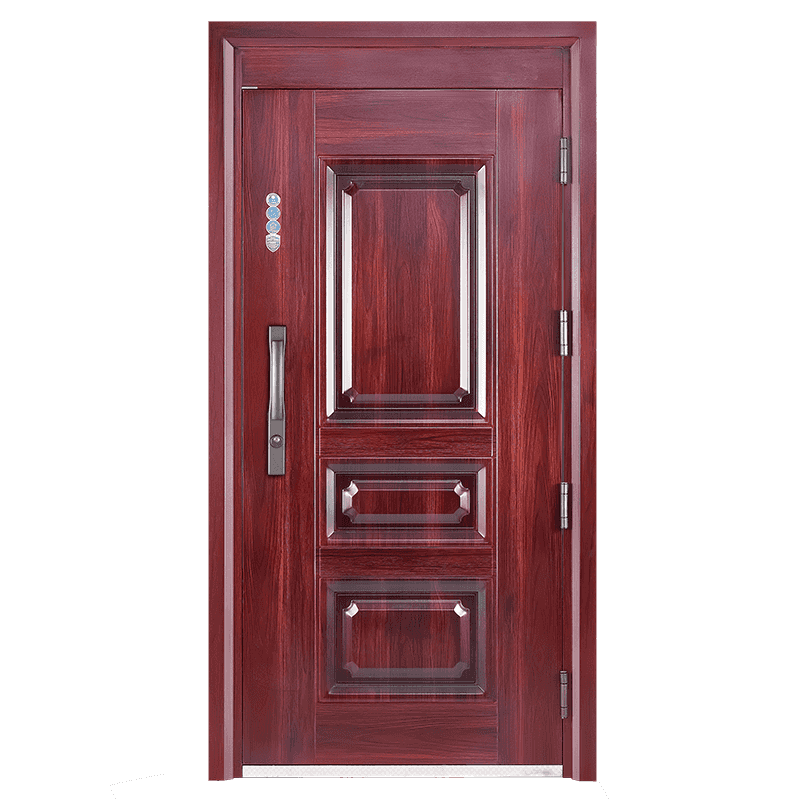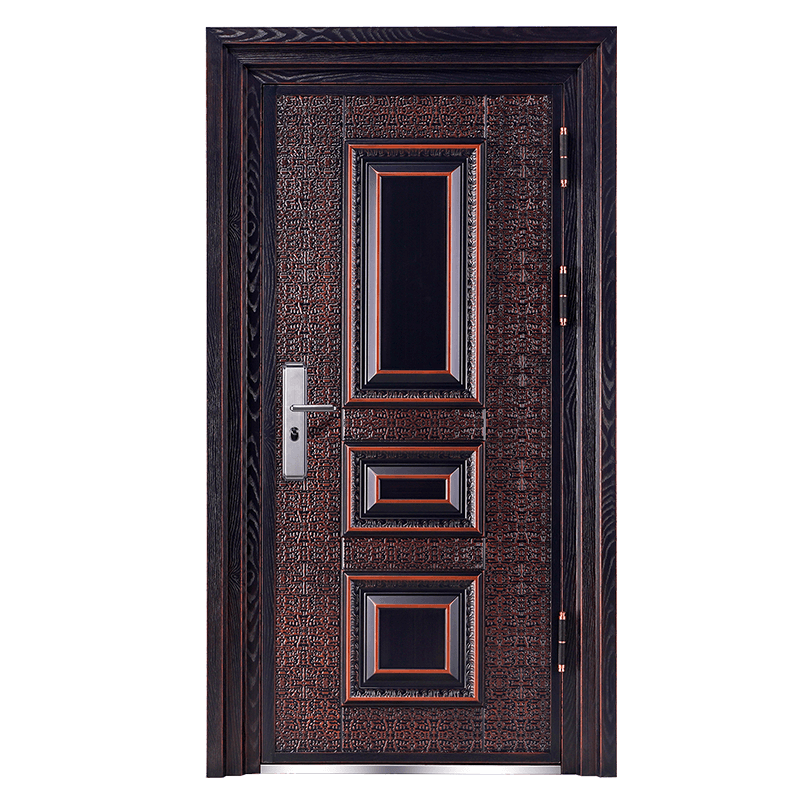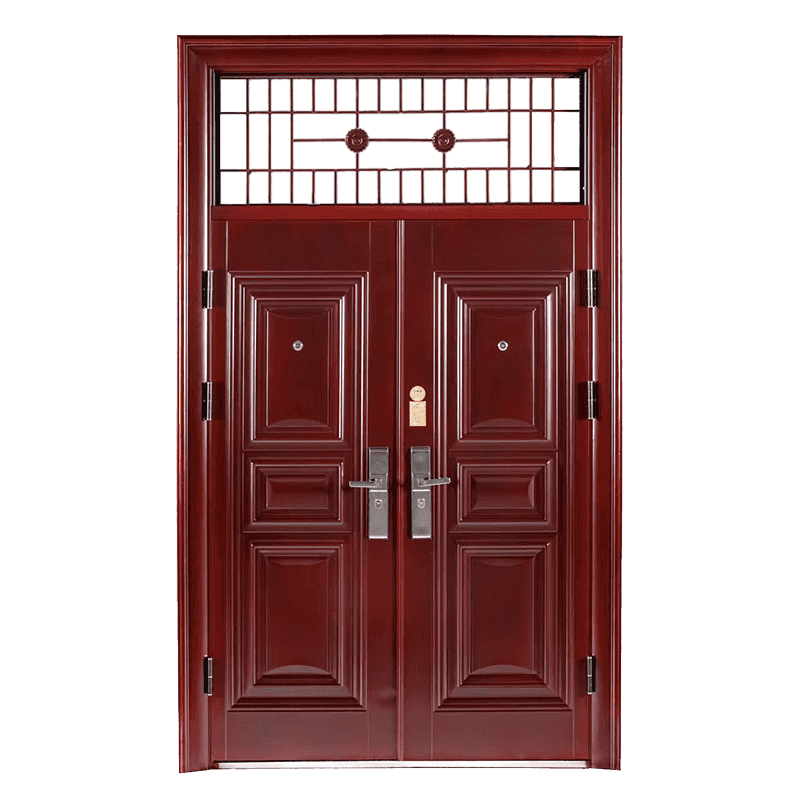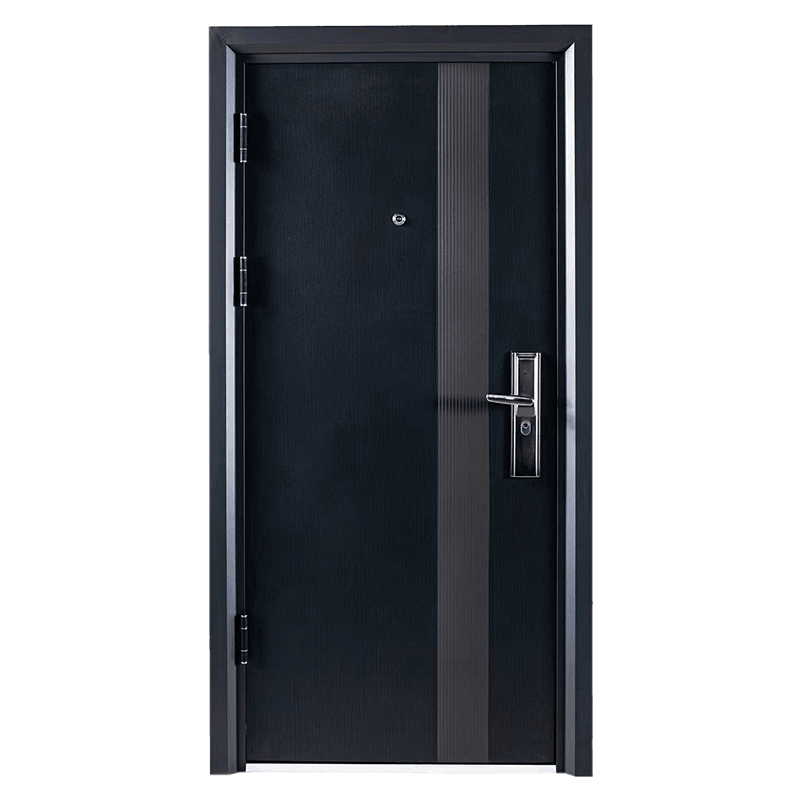Comprehensive Analysis of the Waterproof Performance of Kitchen And Bathroom Steel Door
Aug 01, 2025
Water resistance is a crucial factor when selecting doors for areas prone to moisture, such as kitchens and bathrooms. The Kitchen And Bathroom Steel Door is specifically designed to address the challenges posed by these environments. Unlike traditional wooden doors, which may warp or deteriorate under constant exposure to water and humidity, steel doors promise enhanced durability and protection. This article explores how effective the Kitchen And Bathroom Steel Door is in providing waterproof performance, examining its materials, construction, and protective features.
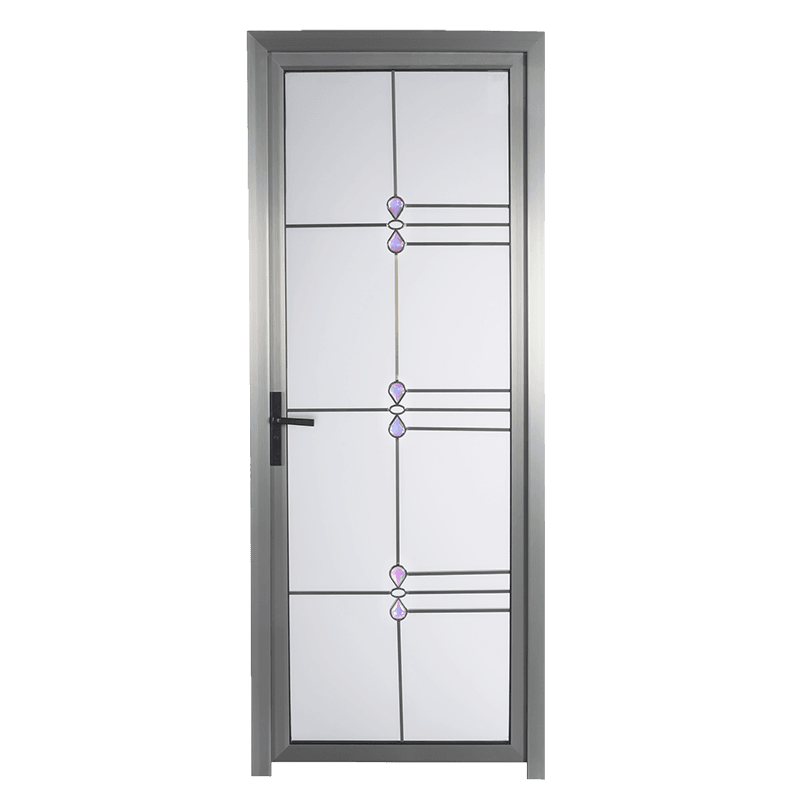
Material Characteristics Contributing to Waterproofing
The core strength of a Kitchen And Bathroom Steel Door lies in the materials used during its manufacture. Typically constructed from galvanized steel or stainless steel, these doors inherently resist rust and corrosion. The steel panels are often coated with waterproof finishes, such as powder coatings or epoxy paints, which serve as a protective barrier against moisture penetration. These coatings prevent water from seeping into the steel, thereby reducing the risk of rust and structural damage over time.
Design Elements That Enhance Water Resistance
Beyond the materials themselves, the design of the door significantly impacts its waterproof capabilities. Many Kitchen And Bathroom Steel Doors are engineered with seamless or tightly sealed joints, which limit the entry points for water. Additional sealing components, such as rubber gaskets or weather stripping, installed around the edges, help create a watertight barrier. This is especially important in bathrooms and kitchens where splashes and humidity levels are high, ensuring that water does not infiltrate the door frame or interior structures.
Testing and Industry Standards
Manufacturers of Kitchen And Bathroom Steel Doors frequently perform water resistance tests to confirm the door’s performance under real-world conditions. These tests simulate scenarios such as heavy rainfall, steam exposure, and constant high humidity to evaluate how well the door maintains its integrity. Compliance with recognized industry standards not only reassures consumers but also highlights the door’s reliability and suitability for moisture-prone areas.
Installation’s Role in Waterproof Efficiency
Proper installation plays a critical role in improving the waterproof effectiveness of the Kitchen and Bathroom Steel Door. Even the materials and designs can fail if the door is poorly installed. Ensuring that all seals are properly fitted, the frame is aligned correctly, and gaps are adequately filled will prevent water leakage. Installers must pay close attention to these details, as even small openings can undermine the door’s waterproof capabilities.
Maintenance and Longevity
To sustain the waterproof performance of a Kitchen And Bathroom Steel Door over time, regular maintenance is necessary. Periodic inspections should focus on checking for scratches, peeling paint, or damage to seals and gaskets. Prompt repair of any compromised protective coatings is essential to prevent rust formation and water infiltration. Additionally, routine cleaning with non-abrasive agents helps maintain the door’s surface integrity, preserving its water-resistant qualities.
Conclusion
The waterproof performance of a Kitchen And Bathroom Steel Door results from a combination of high-quality materials, thoughtful design, rigorous testing, and proper installation. When these factors are combined, the door offers a durable and effective barrier against moisture, ideal for kitchens and bathrooms where water exposure is unavoidable. With consistent maintenance, these steel doors provide a long-lasting solution that safeguards interior spaces from water damage while maintaining their structural and aesthetic qualities.

 English
English 中文简体
中文简体 Français
Français Español
Español عربى
عربى